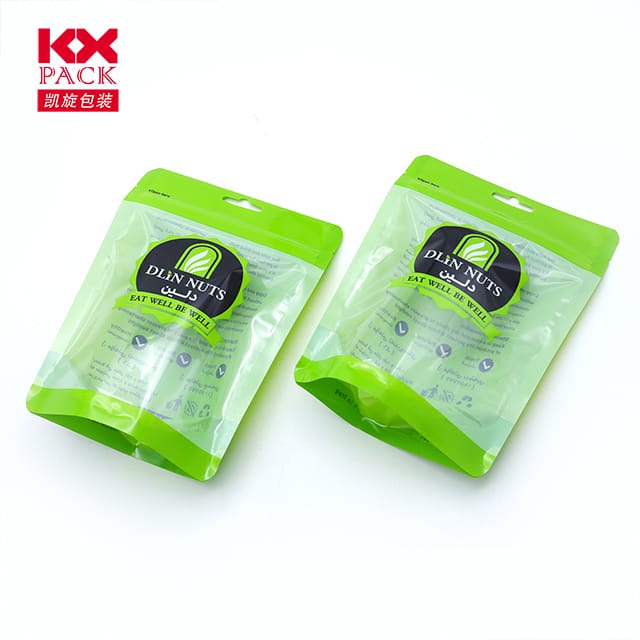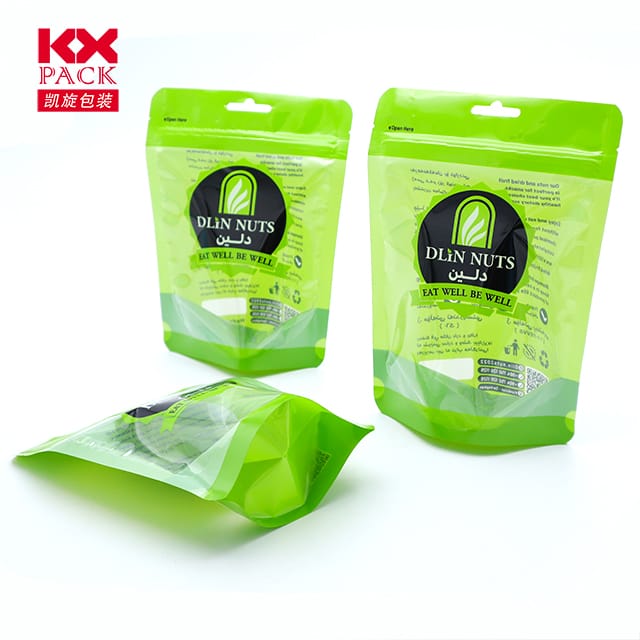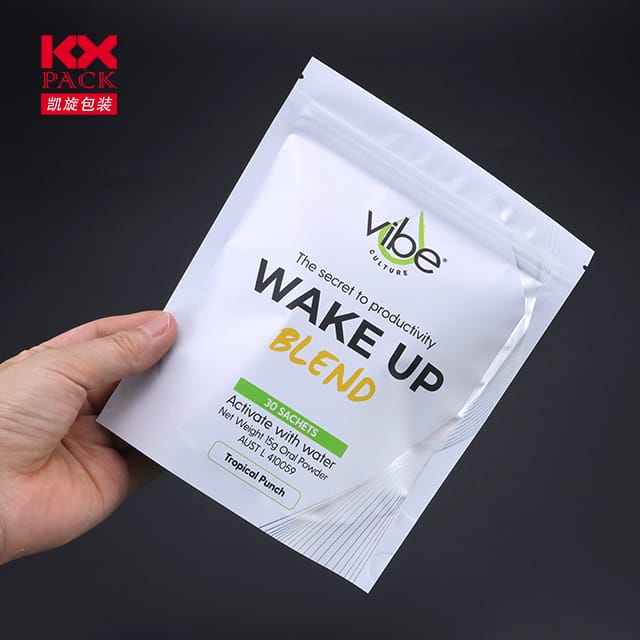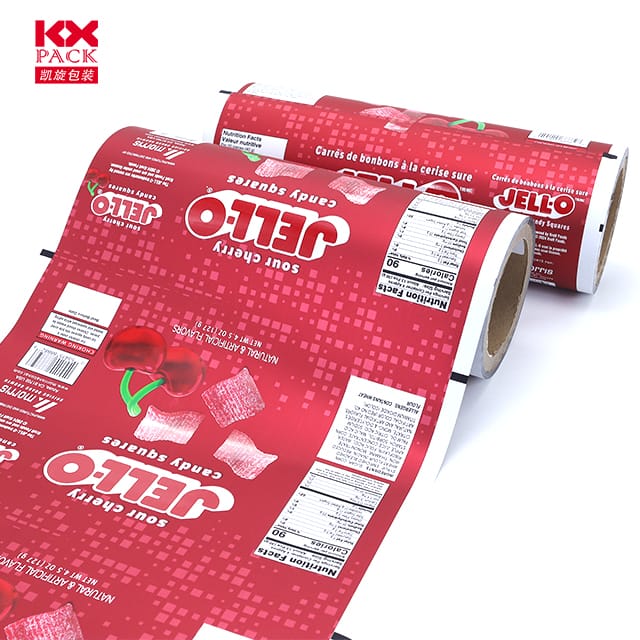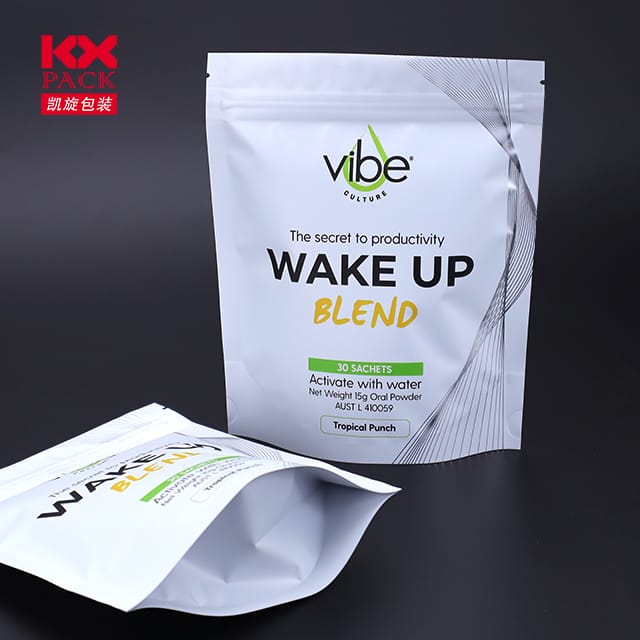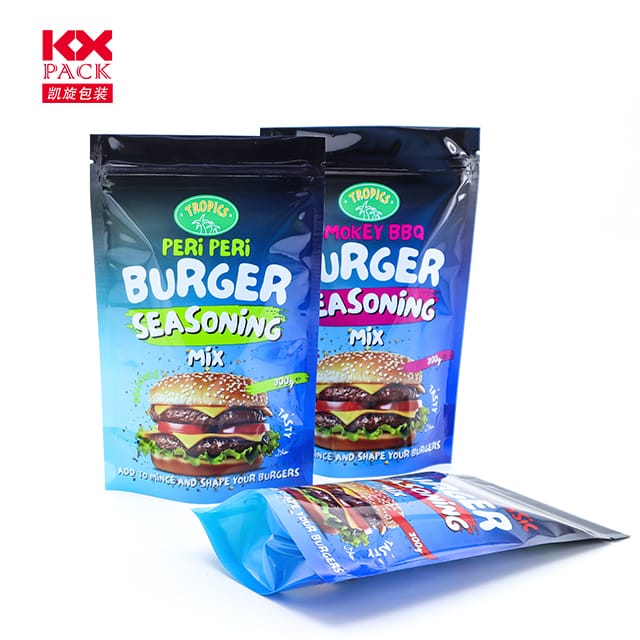Exploring Flexible Packaging Film Properties: Ampleksa superrigardo
Fleksebla Paka Filmo
In the dynamic world of packaging, flekseblaj pakaj filmoj aperis kiel ludŝanĝilo, offering a myriad of advantages over traditional rigid packaging solutions. From food preservation to pharmaceutical protection, these films play a pivotal role in safeguarding products while enhancing their shelf life and marketability. This blog post delves into the key properties of flexible packaging films, highlighting their significance and the technological advancements driving their evolution.
Barrier Properties: Shielding Products from External Threats
One of the most critical properties of flexible packaging films is their barrier capability. These films are designed to protect the contents from environmental factors such as moisture, oksigeno, kaj lumo, which can degrade product quality over time. Ekzemple, metallized films, created by coating plastic films with a layer of metallic aluminum, significantly enhance barrier performance, making them ideal for applications requiring high protection against moisture and oxygen ingress. This property is particularly crucial in the food industry, where it helps extend the shelf life of perishable goods by preventing spoilage and maintaining freshness.
Cetere, high-barrier films like ethylene-vinyl alcohol (EVAL) and polyvinylidene chloride (PVDC) offer exceptional resistance to gases and moisture, ensuring that the packaged products remain intact and safe for consumption. These films are often used in packaging for meat, dairy products, and snacks, where maintaining product integrity is paramount.
Mechanical Strength: Ensuring Durability and Protection
Flexible packaging films must possess adequate mechanical strength to withstand the rigors of handling, transportado, and storage. The mechanical properties of these films, including tensile strength, tear resistance, and puncture resistance, are rigorously tested to ensure they meet industry standards. Ekzemple, polyamide films (PA), commonly known as nylon films, are renowned for their excellent puncture and cold resistance, making them suitable for frozen or vacuum packaging applications.
The peel strength, or composite strength, of these films is also a critical aspect, as it determines the adhesion quality between the composite film layers. A strong bond ensures that the packaging remains intact during use, preventing leakage and contamination. Manufacturers often employ dry composite and solvent-free composite methods to achieve high peel strength, thereby enhancing the overall durability of the packaging.
Thermal Properties: Adaptability to Various Processing Conditions
The thermal properties of flexible packaging films are equally important, especially in applications involving heat sealing and sterilization. Heat seal strength is a key parameter that assesses the quality of the seal formed when two film layers are bonded together using heat. Films with high heat seal strength ensure that the packaging remains airtight and leak-proof, even under extreme conditions.
Aldone, some flexible packaging films are designed to withstand high temperatures during processes such as retort sterilization, which is commonly used in the food industry to kill harmful microorganisms. These films, often referred to as retortable pouches, can endure temperatures up to 121°C (250°F) for extended periods without compromising their structural integrity.
Optical Properties: Enhancing Product Appeal
In addition to their functional properties, flexible packaging films also contribute to the aesthetic appeal of the packaged products. Films with high transparency and gloss allow consumers to see the contents clearly, enhancing product visibility and attractiveness. This is particularly important in the retail sector, where product presentation can significantly influence purchasing decisions.
Plue, some films are engineered with anti-fog properties to prevent condensation from forming on the inner surface of the packaging, which can obscure the product and diminish its appeal. These films are commonly used in packaging for fresh produce, ensuring that the products remain visually appealing throughout their shelf life.
Daŭripovo: Kreskanta imperativo
As environmental concerns continue to mount, the sustainability of flexible packaging films has become a focal point for manufacturers and consumers alike. Sustainable materials, such as polylactic acid (PLA) and polybutylene adipate terephthalate (PBAT), are gaining traction in the market due to their biodegradability and recyclability. These materials offer a viable alternative to traditional petroleum-based plastics, reduktante la median spuron de pakaĵrubo.
Cetere, advancements in film technology have led to the development of thinner films with equivalent or superior performance, further reducing material consumption and waste generation. Companies like Taghleef Industries are at the forefront of this movement, offering a range of sustainable flexible packaging films that meet the needs of modern consumers while promoting a more circular economy.
Konkludo
Flexible packaging films have revolutionized the packaging industry by offering a versatile, kostefika, and sustainable solution for a wide range of applications. Their barrier properties, mechanical strength, thermal stability, optical appeal, and sustainability make them an indispensable component of modern packaging systems. As technology continues to evolve, we can expect further innovations in flexible packaging films, driving the industry towards even greater efficiency, performance, and environmental responsibility.
Konklude, understanding the properties of flexible packaging films is crucial for manufacturers, podetalistoj, kaj konsumantoj egale. By leveraging these properties effectively, we can create packaging solutions that not only protect and preserve products but also contribute to a more sustainable future.

